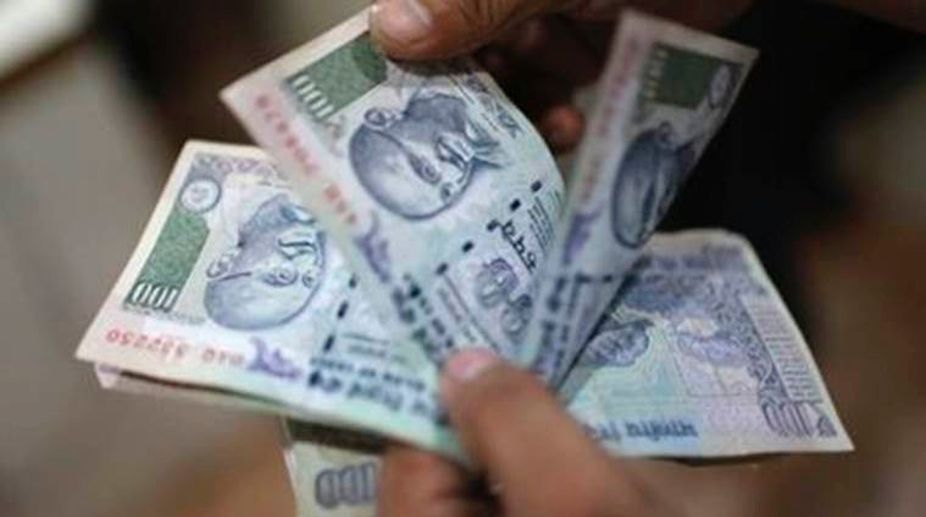Less than half of the staggering Rs 9 lakh crore worth of non-performing assets (NPAs), or bad loans, accumulated by banks had returned due to the system set in place by the Insolvency and Bankruptcy Code (IBC), 2016, the government said on Wednesday.
The figure was revealed by Corporate Affairs Secretary Injeti Srinivas at the conference on Resolving Insolvency organised by industry chamber CII a day after the release of the report by Insolvency Law Committee (ILC) headed by him.
Advertisement
Noting that the Reserve Bank of India (RBI) had referred 12 accounts, totalling about 25 per cent of the gross NPAs, for resolution under the IBC in June last year, Srinivas said a “good outcome” on half of these cases would help boost confidence in the system, a key component of which is the National Company Law Tribunal (NCLT) — the final adjudicator.
“If you have 5-6 good outcomes, it will enhance confidence in the system, both domestically and among foreign investors,” he said.
“Once these 12 get settled, the speed will go up,” he said, noting that a second batch of 21 cases sent by the RBI to the Insolvency and Bankruptcy Board of India (IBBI) in January were taking time to come through the resolution process.
The government has embarked on a two-pronged strategy on bad loans.
On the one hand, it has brought in the IBC which provides for a six-month time-bound insolvency resolution process, extendable by another 90 days. On the other hand, it has approved a Rs 2.11 lakh crore recapitalisation plan for state-run banks.
Noting that the object of the exercise was not just loan recovery but to develop a robust market for stressed assets in India, Srinivas said some of these were drawing good bidder interest for revival, particularly in the steel sector, where the favourable short-term outlook has helped “jack up” steel asset prices.
He also said that towards bolstering infrastructure 1,800 insolvency resolution professionals are in place in a period of less than two years. Besides, the government is also considering creation of additional NCLT benches for speedier disposal of cases.
Providing statistics, IBBI Chairman M.S. Sahoo said that a total of 650 corporate cases were admitted for resolution, of which 500 are ongoing.
Of the rest, 90 have already exited via the resolution or liquidation routes and around 60 have been closed after review, he said.









